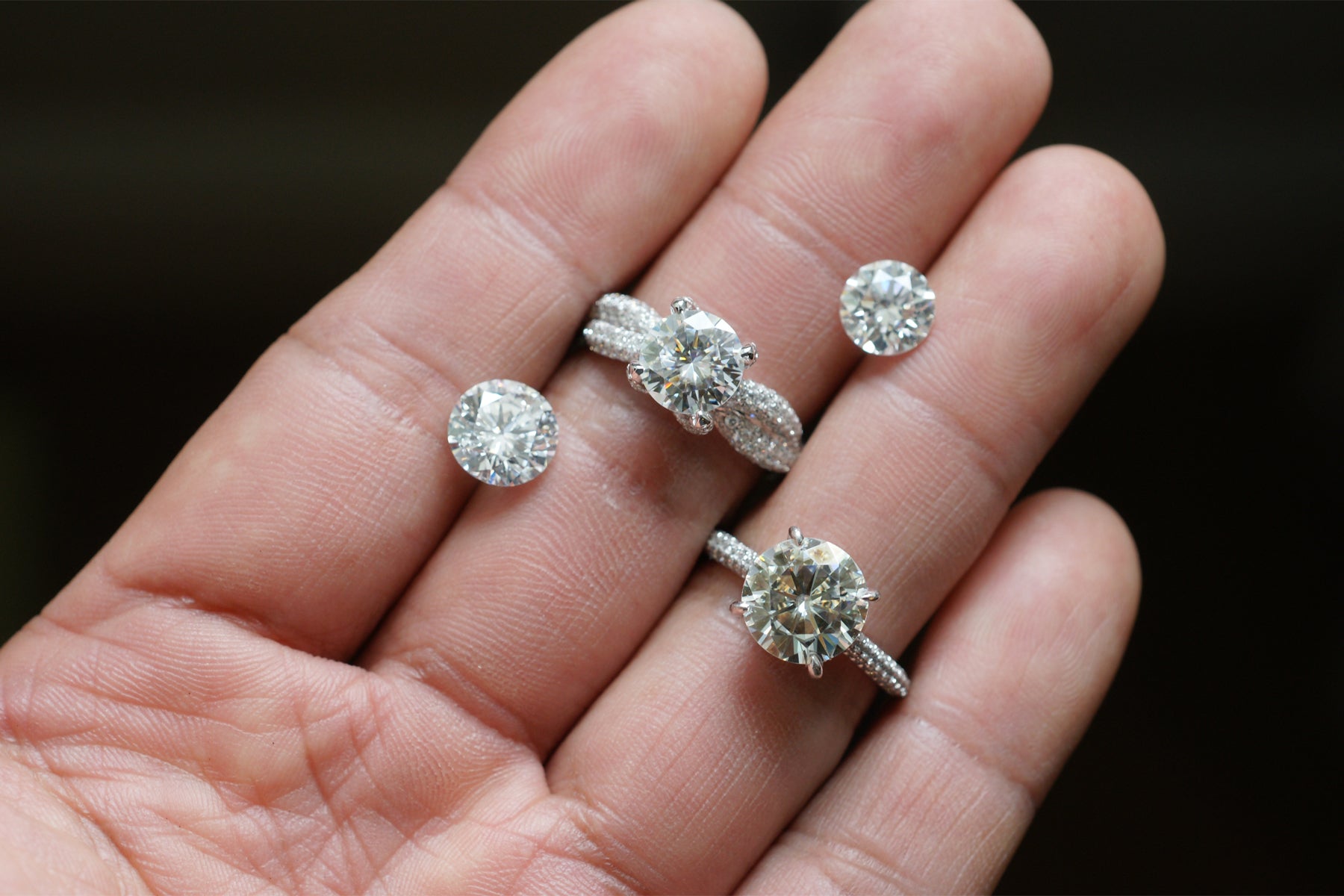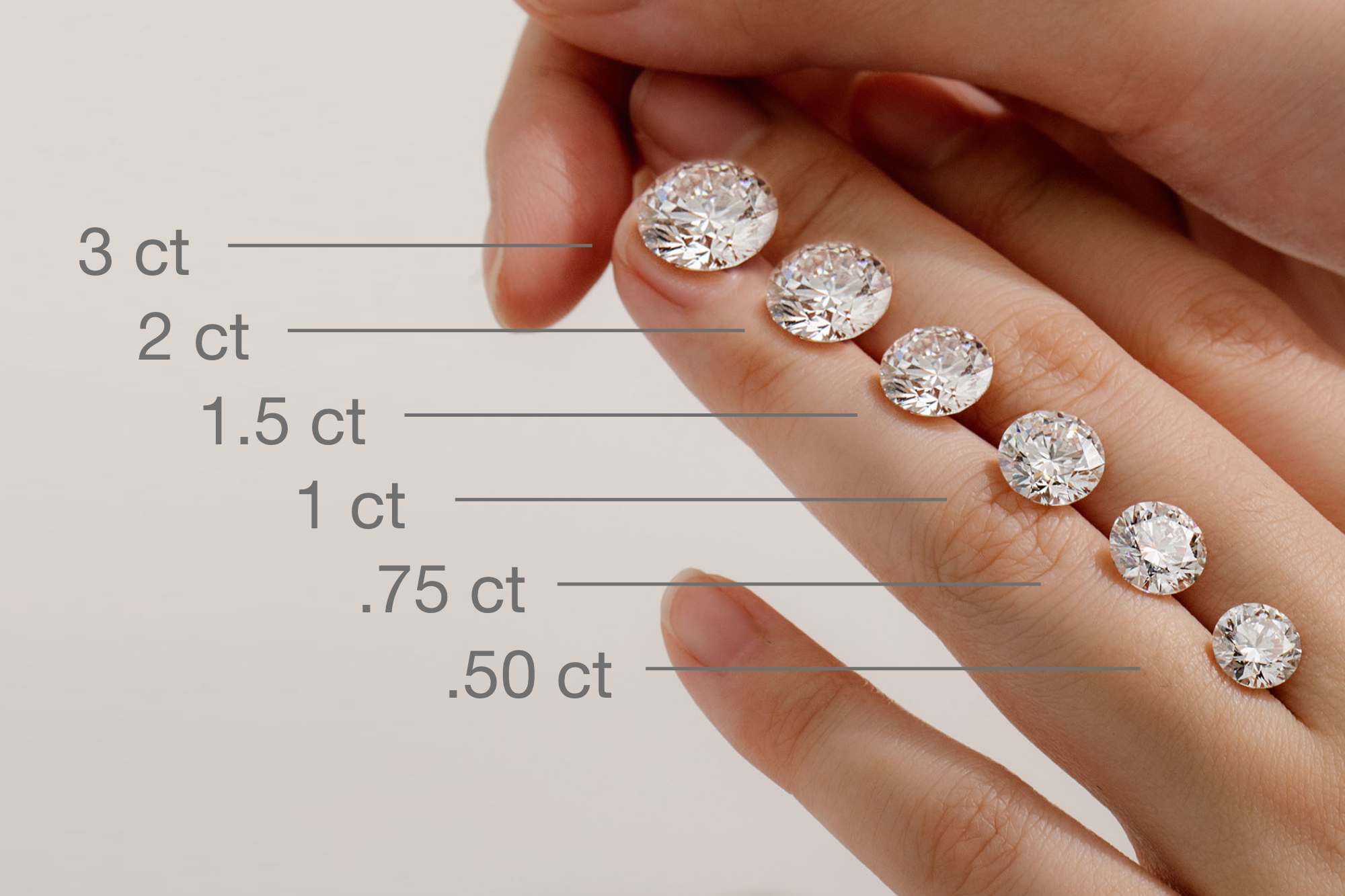Investment in Lab-Grown Diamonds: A Far reaching Guide
The allure of diamonds has captivated humanity for hundreds of years, symbolizing wealth, influence, and ageless beauty. However, the evolving landscape of gemstone investment has introduced another player: investment lab grown diamonds. These engineered jewels, also known as lab-created diamonds, have gained significant traction in the market, offering a cutting edge alternative to mined diamonds. This article digs into the intricacies of investing in lab-grown diamonds, providing you with a detailed understanding of their value, market patterns, and investment potential.
What Are Lab-Grown Diamonds?
Lab-grown diamonds are diamonds that are created in a controlled laboratory climate using advanced technological processes. These diamonds are chemically, physically, and optically identical to natural diamonds, yet they are created using two primary strategies: High Strain High Temperature (HPHT) and Chemical Vapor Statement (CVD). The two strategies replicate the natural diamond formation process, yet within a fraction of the time.
Why Invest in Lab-Grown Diamonds?
Investing in lab-grown diamonds offers several extraordinary advantages:
1. Ethical Investment
Lab-grown diamonds are often viewed as an ethical investment. Not at all like natural diamonds, which are some of the time associated with struggle and unethical mining practices, lab-grown diamonds offer an irreproachable alternative. Investors who prioritize ethical considerations are increasingly turning to lab-created diamonds as a viable investment choice.
2. Value Stability and Development Potential
Lab-grown diamonds have demonstrated cost stability lately, with a consistent demand in the market. While natural diamond costs can be volatile because of store network issues and market fluctuations, lab-grown diamonds have shown a more predictable pricing pattern. As innovation advances and customer awareness develops, the market for lab-grown diamonds is supposed to expand, potentially leading to cost appreciation.
3. Great Standards
Lab-grown diamonds are delivered under controlled conditions, ensuring an elevated degree of quality and consistency. This is particularly important for investors, as the value of a diamond is heavily influenced by its quality. Lab-created diamonds are graded by the same standards as natural diamonds, including the 4Cs: cut, clarity, color, and carat. This guarantees that investors are purchasing a diamond of known and reliable quality.
4. Versatility in Investment Portfolio
Lab-grown diamonds offer versatility within an investment portfolio. They can be held as tangible assets, similar as valuable metals, or they can be incorporated into adornments, adding both esthetic and monetary value. The growing acceptance and popularity of lab-grown diamonds in the adornments market guarantee that there is always demand for these pearls, making them a fluid asset.
Market Patterns and Future Standpoint
The market for lab-grown diamonds is rapidly evolving. As of late, there has been a noticeable change in purchaser inclinations, with a growing number of purchasers opting for lab-grown diamonds over natural ones. This pattern is driven by a combination of ethical considerations, environmental awareness, and the longing for affordable extravagance.
1. Increasing Purchaser Demand
Purchaser demand for lab-grown diamonds has been steadily increasing, particularly among more youthful generations who value sustainability and morals. This demographic shift is supposed to drive further development in the lab-grown diamond market, making it a promising area for investment.
2. Expansion of Retail Channels
As the popularity of lab-grown diamonds develops, so too does the quantity of retail channels offering these jewels. Major gems brands and retailers are expanding their lab-grown diamond assortments, making these diamonds more accessible to a broader audience. This increased visibility and availability are probably going to add to the continued development of the market.
3. Technological Advancements
Ongoing advancements in diamond synthesis innovation are supposed to play a crucial job in the future of lab-grown diamonds. These advancements not just work on the quality and appearance of lab-grown diamonds yet in addition lessen creation costs, making them considerably more cutthroat with natural diamonds. As innovation continues to develop, lab-grown diamonds could turn into the favored decision for a majority of shoppers.
Risks and Considerations
While lab-grown diamonds present an attractive investment opportunity, taking into account the potential risks is important:
1. Market Discernment
One of the key risks associated with investing in lab-grown diamonds is the market discernment. While lab-grown diamonds are gaining acceptance, there is as yet a section of buyers who favor natural diamonds because of their apparent rarity and historical significance. This could impact the resale value of lab-grown diamonds in the future.
2. Technological Outdated nature
As innovation develops, there is a risk that fresher, more advanced techniques for diamond synthesis could arise, potentially rendering more seasoned lab-grown diamonds less desirable. Investors ought to stay informed about technological improvements in the industry to mitigate this risk.
3. Regulatory Changes
The diamond industry is dependent upon various regulations, and changes in these regulations could impact the lab-grown diamond market. For example, assuming that states introduce stricter guidelines on the labeling and sale of lab-grown diamonds, it could affect their marketability and investment potential.
How to Invest in Lab-Grown Diamonds
Investing in lab-grown diamonds requires careful consideration and research. Here are a moves toward assist you with getting started:
1. Understand the Market
Before making an investment, it is crucial to understand the lab-grown diamond market. This includes researching latest things, pricing, and the factors that influence the value of lab-grown diamonds. Familiarize yourself with the various kinds of lab-grown diamonds and the strategies used to create them.
2. Pick Reputable Suppliers
While purchasing lab-grown diamonds, it is important to purchase from reputable suppliers. Guarantee that the diamonds are confirmed by a perceived gemological institute, for example, the Gemological Institute of America (GIA) or the International Gemological Institute (IGI). This certification guarantees that the diamond satisfies explicit quality guidelines and gives assurance of its value.
3. Expand Your Investment
As with any investment, diversification is critical. Consider investing in a variety of lab-grown diamonds with various characteristics, like size, color, and cut. This will assist with mitigating risk and increase the potential for returns.
4. Monitor Market Patterns
Stay informed about market patterns and improvements in the lab-grown diamond industry. This will assist you with making informed decisions about when to purchase, hold, or sell lab created diamonds. Watch out for technological advancements, purchaser inclinations, and any changes in regulations that could impact the market.
Conclusion: The Future of Lab-Grown Diamond Investment
Lab-grown diamonds address an interesting and promising investment opportunity. With their ethical appeal, value stability, and growing market acceptance, these diamonds offer a cutting edge alternative to traditional diamond investments. As the market continues to develop, lab-grown diamonds are probably going to play an increasingly significant job in the gemstone investment landscape.

:max_bytes(150000):strip_icc()/labgrownlede-2b7540f7f7404558a08f1a555862f3d3.jpg)
![Basic Stretegy To Resolve [pii_email_d360749e44fb0f2ab777] Error Code Basic Stretegy To Resolve [pii_email_d360749e44fb0f2ab777] Error Code](https://businesscity.us/wp-content/uploads/2021/10/How-To-Fix-pii_email_11fe1b3b7ddac37a081f-Error-Code-In-Microsoft-Outlook.jpg)


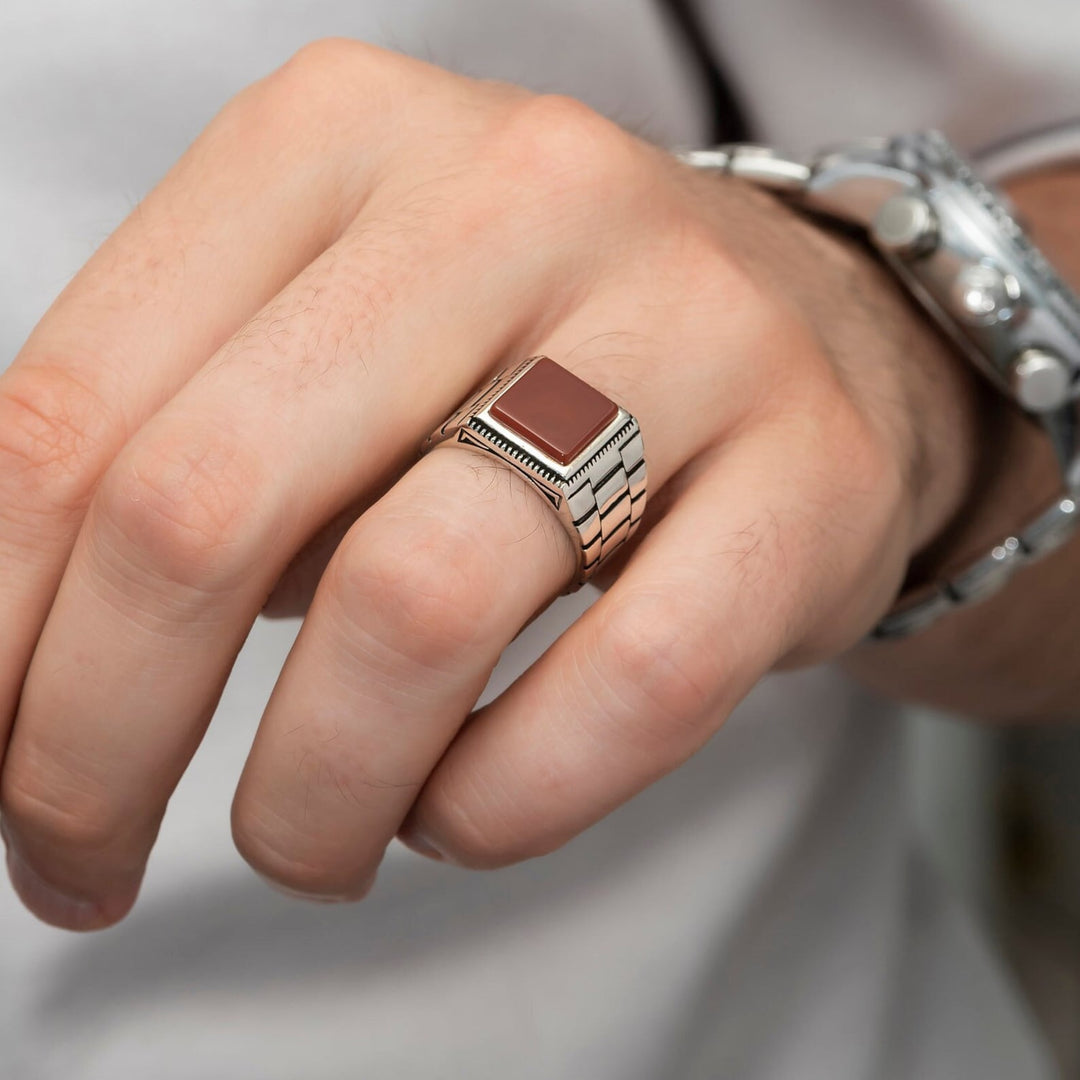
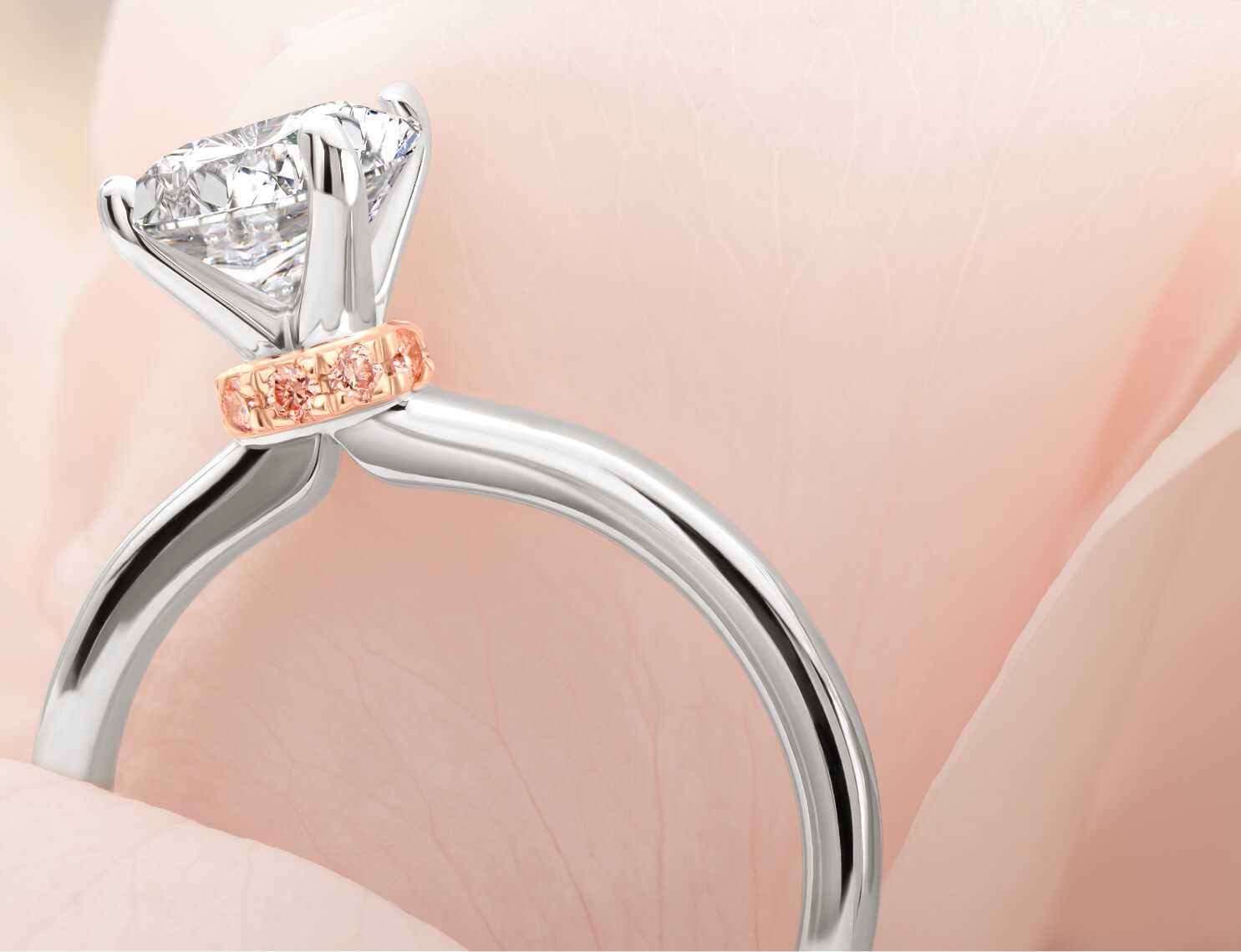

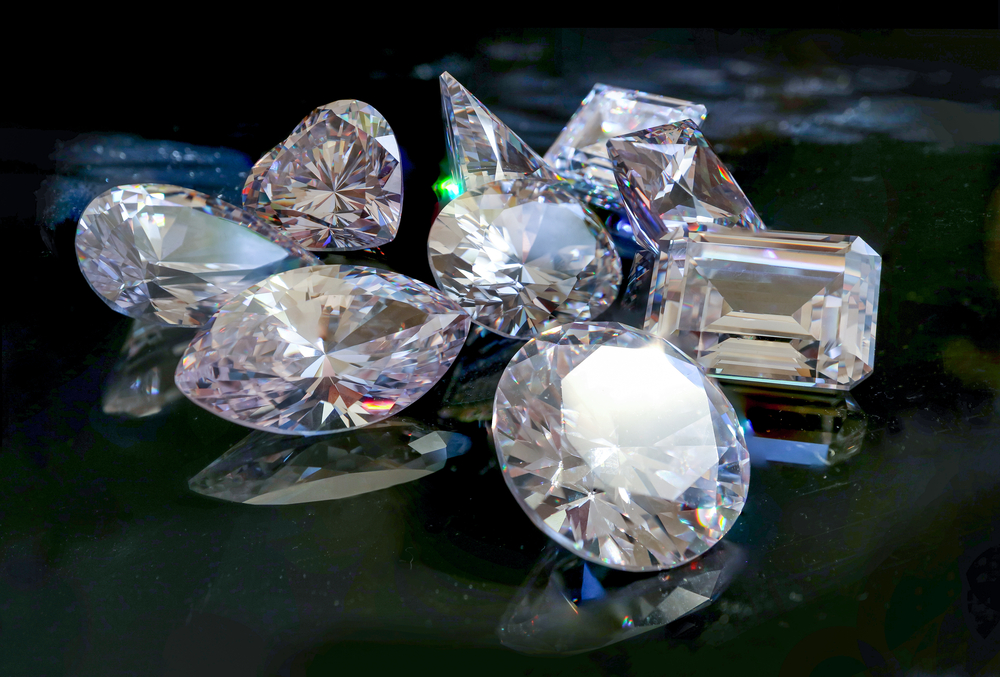




:max_bytes(150000):strip_icc()/lab-grown-diamond-engagement-rings-composite-2-0423-13b76c68392444f382764bee3be76d31.jpg)
